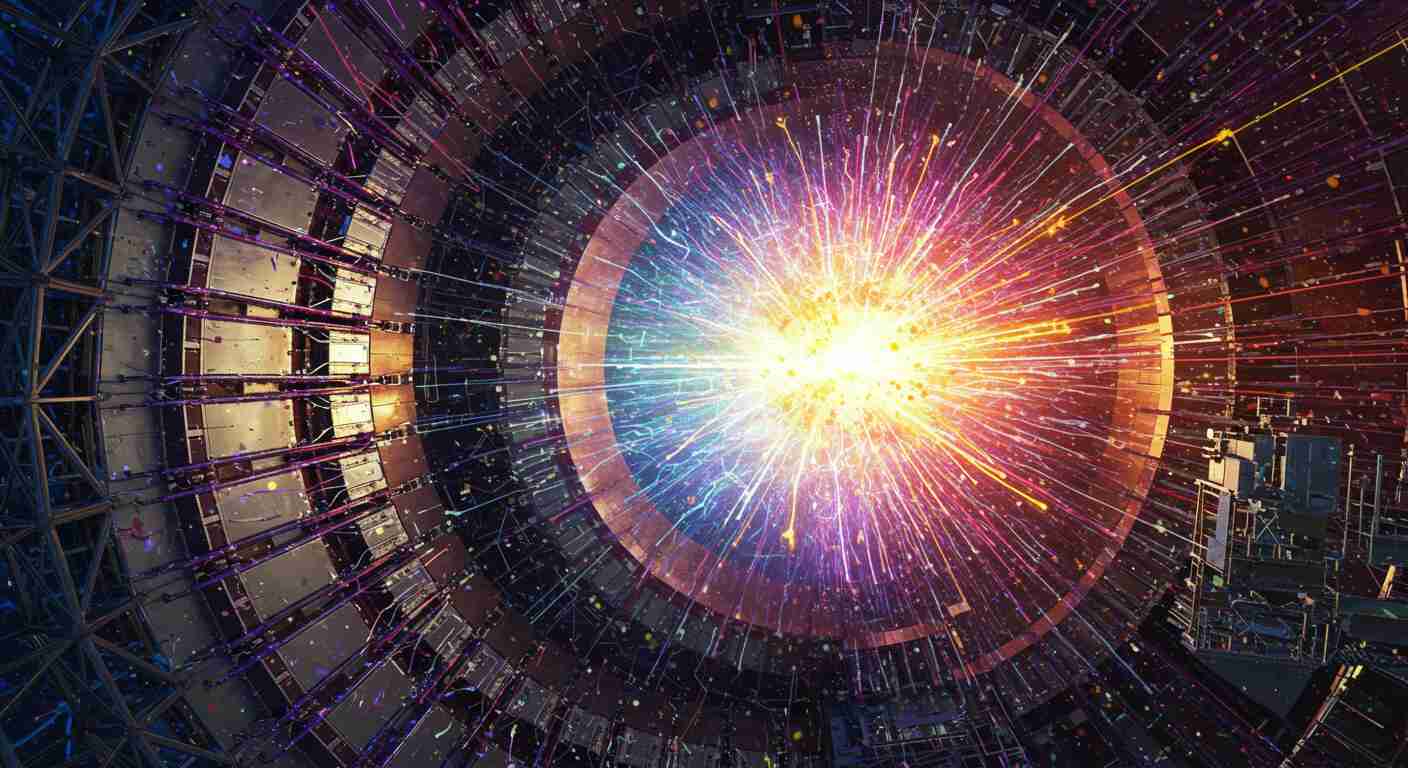Firefly Aerospace’s Alpha #FLTA006 “Message in a Booster” mission — initially scheduled to go on March 15 from Space Launch Complex 2 — now is slated to blast off Sunday
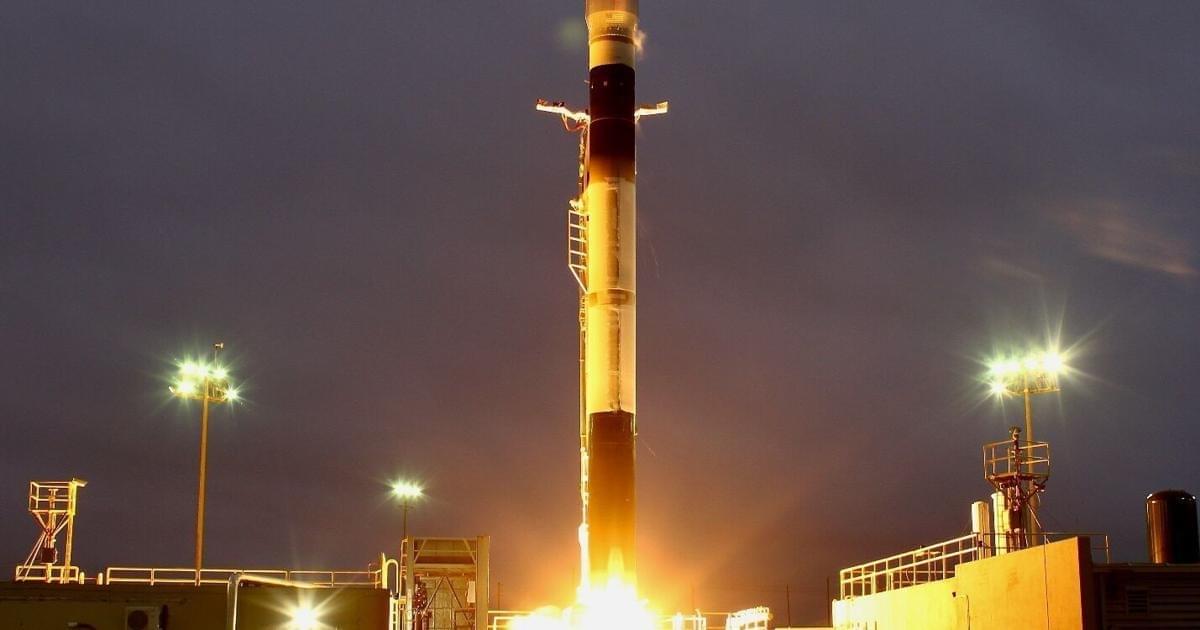


Featuring LumaFusion, Waldorf Nave, In-Shot, Moodscaper, MultitrackDAW. I used In-Shot to assemble still collages and then imported them into LumaFusion with subtle zooming. I used some of the new LumaFusion transitions between these still images. I recorded Waldorf Nave and Moodscaper clips into MultitrackDAW and then exported them into LumaFusion for final blending and mastering.
I was going for a post-human world where the singularity has been achieved and humanoids benefit from the merger and constant stimulus of a fully integrated, technical, digital audio and visual experience. This experience can be named as Utopia, Xanadu or Heterotopia and, while I prefer the latter word, “heterotopia” is perhaps a little too obscure of a title. So, for the title I chose the spelling “PROJEKT” to indicate the scientific, technical feeling; and “HUMANOID” to indicate a better version of humankind; and “2050” as a nod to Bladerunner 2049, as well as a nod to the next generation of humanity. May it solve the problems that we are confronting today.
I hope you enjoy watching and listening!
Peace!
Tom.

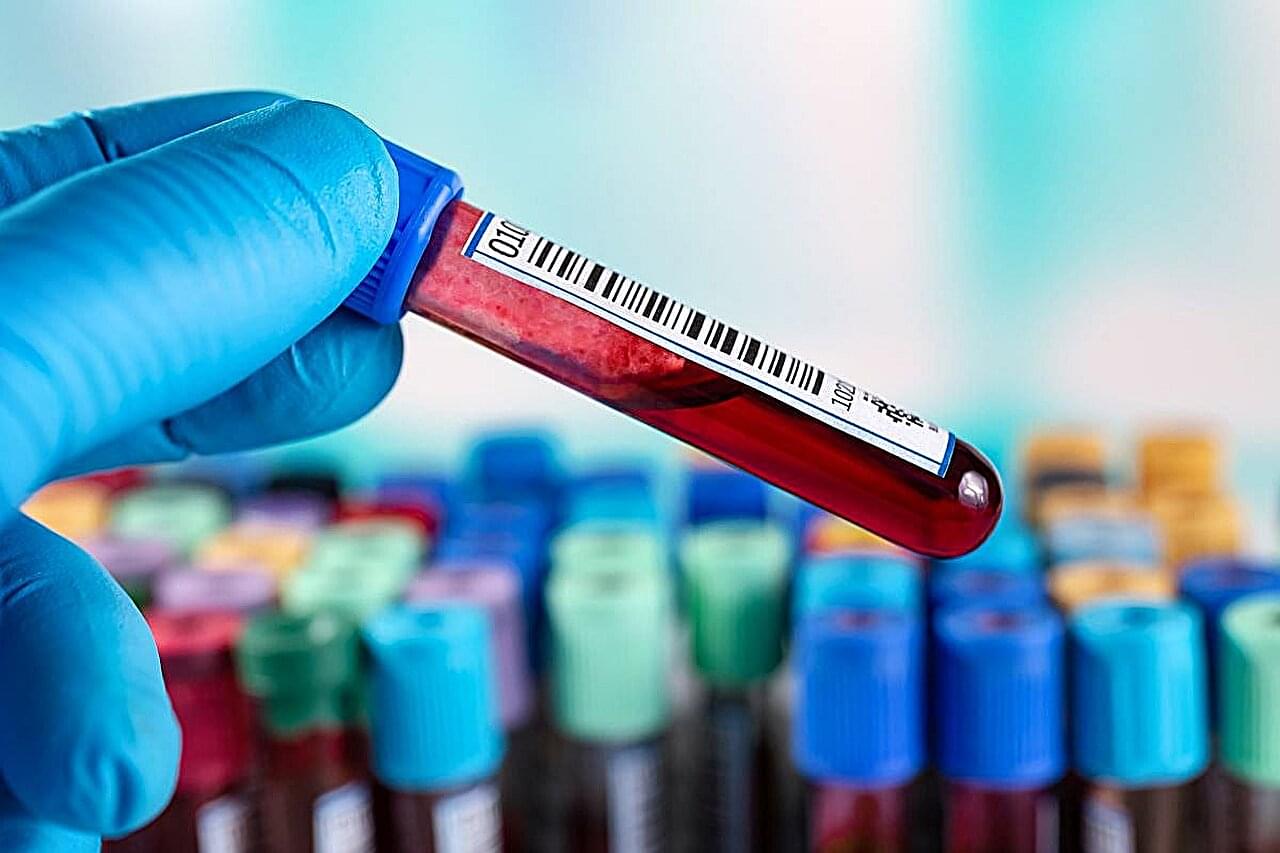
A ready-made version of a cutting-edge cancer immunotherapy can effectively defeat blood cancers, a new study says.
Researchers have prepared an off-the-shelf version of CAR immune cell treatment that can be administered more easily to patients with blood cancers.
The new treatment, which uses a type of immune cell called natural killer cells, promoted complete remission in several patients with acute myeloid leukemia (AML), researchers said in a presentation at an American Association for Cancer Research’s (AACR) meeting in Chicago.
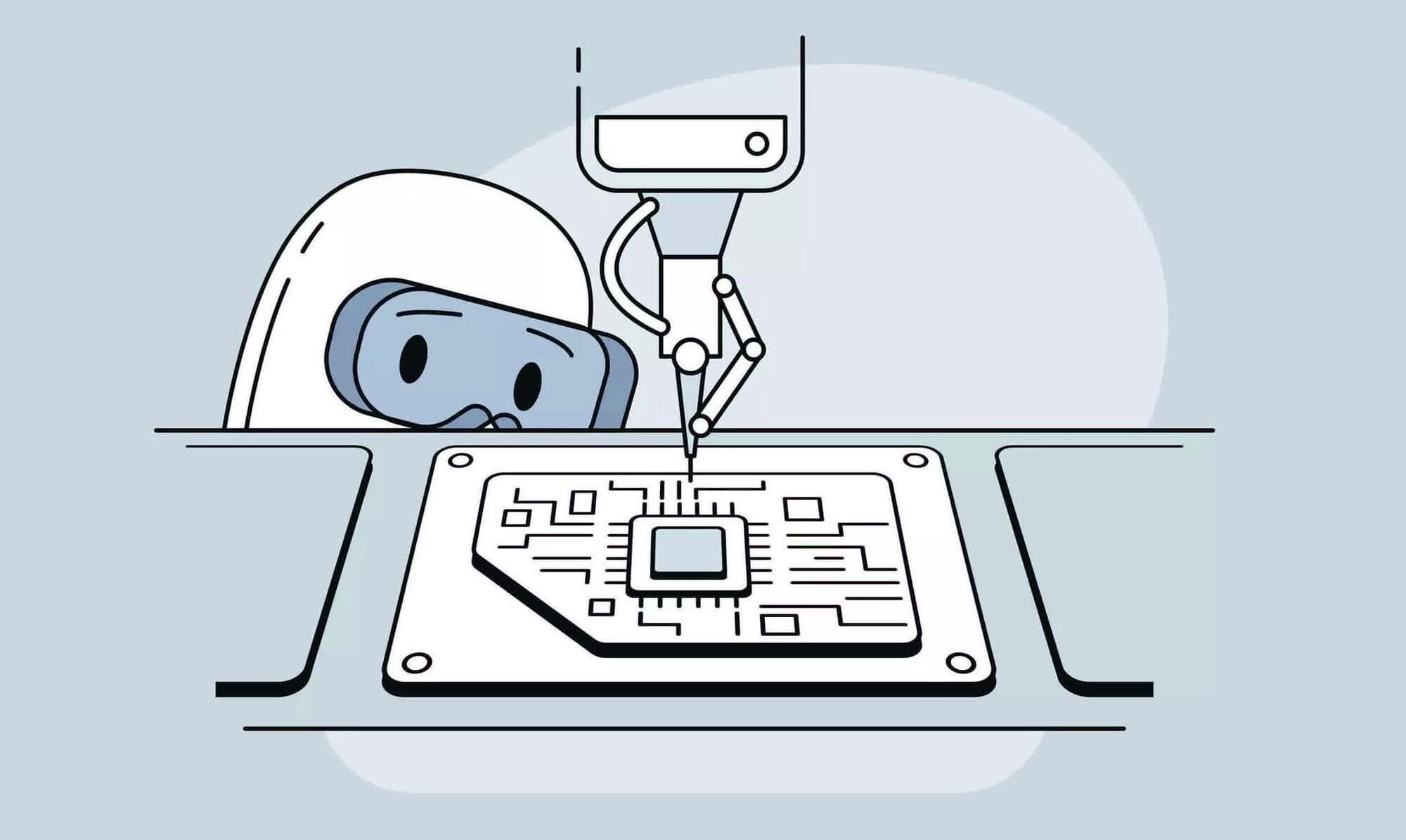
All of the cooling methods we’ve discussed so far work by the simple transfer of heat from a hot chip to the surrounding air. This means a chip can never get colder than the ambient temperature of the room it’s in. If we want to cool below ambient temperatures, or if we need to cool something massive like an entire data center, we need to apply some additional science. This is where chillers and thermoelectric coolers come in.
Thermoelectric cooling, also known as a Peltier device, is not very popular at the moment but has the potential to become very useful. These devices transfer heat from one side of a cooling plate to the other by consuming electricity. They use special thermoelectric materials that can create a temperature difference via an electric potential.
When a DC current flows through the device, heat is absorbed from one side and transferred to the other, allowing the “cool” side to drop below ambient temperature. Currently, these devices remain niche because they require a lot of energy to achieve significant cooling. However, researchers are working to develop more efficient versions for broader use.
A single-celled microbe that revels in Earth’s most hostile salt lakes has the remarkable ability to transform its mote of a body into multicellular tissue when the pressure’s on.
“The advent of clonal multicellularity is a critical evolutionary milestone,” the international team who made this discovery, led by Brandeis University pathobiologist Theopi Rados, write in their new paper.
Haloferax volcanii is a member of the often-overlooked archaea domain, which looks quite similar to bacteria and yet have more in common with our own domain, eukaryota. Multicellularity is common in eukaryotes and rare among bacteria, and as far as we know, H. volcanii is only the second archaeon found to take this multicellular leap.
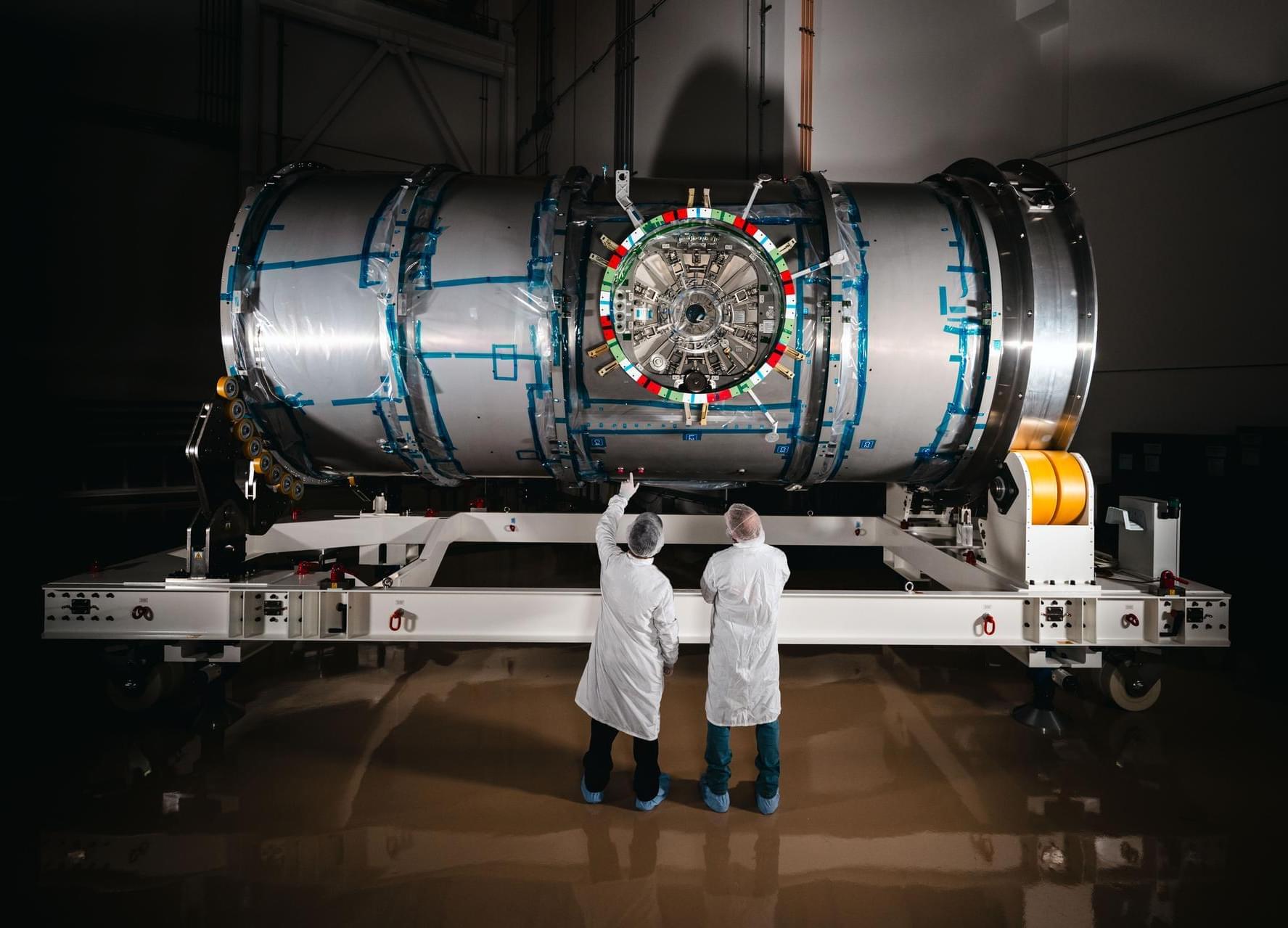
NASA continues to mark progress on plans to work with commercial and international partners as part of the Gateway program. The primary structure of HALO (Habitation and Logistics Outpost) arrived at Northrop Grumman’s facility in Gilbert, Arizona, where it will undergo final outfitting and verification testing.
HALO will provide Artemis astronauts with space to live, work, and conduct scientific research. The habitation module will be equipped with essential systems including command and control, data handling, energy storage, power distribution, and thermal regulation.
Following HALO’s arrival on April 1 from Thales Alenia Space in Turin, Italy, where it was assembled, NASA and Northrop Grumman hosted an April 24 event to acknowledge the milestone, and the module’s significance to lunar exploration. The event opened with remarks by representatives from Northrop Grumman and NASA, including NASA’s Acting Associate Administrator for Exploration Systems Development Lori Glaze, Gateway Program Manager Jon Olansen, and NASA astronaut Randy Bresnik. Event attendees, including Senior Advisor to the NASA Administrator Todd Ericson, elected officials, and local industry and academic leaders, viewed HALO and virtual reality demonstrations during a tour of the facilities.

